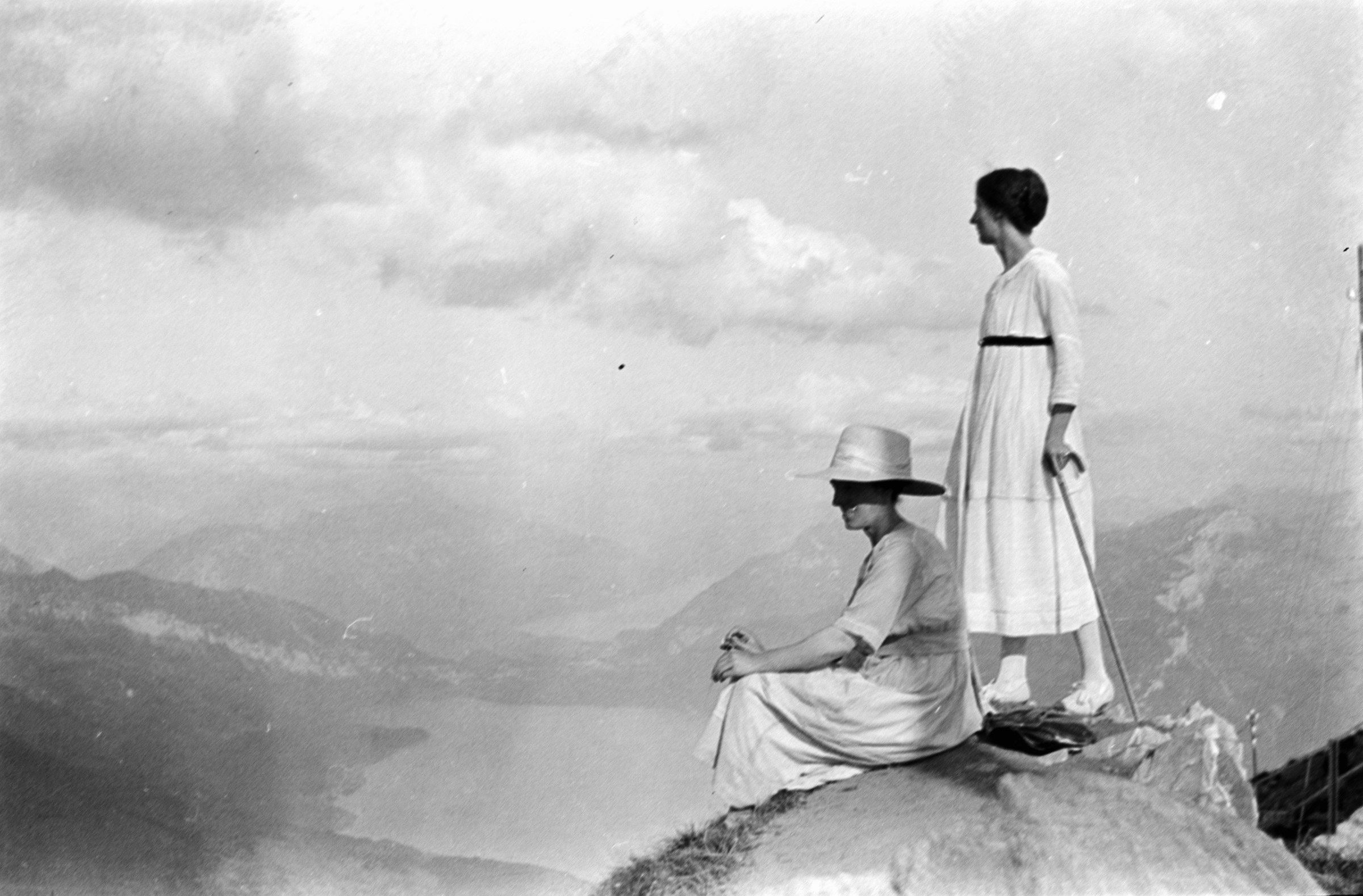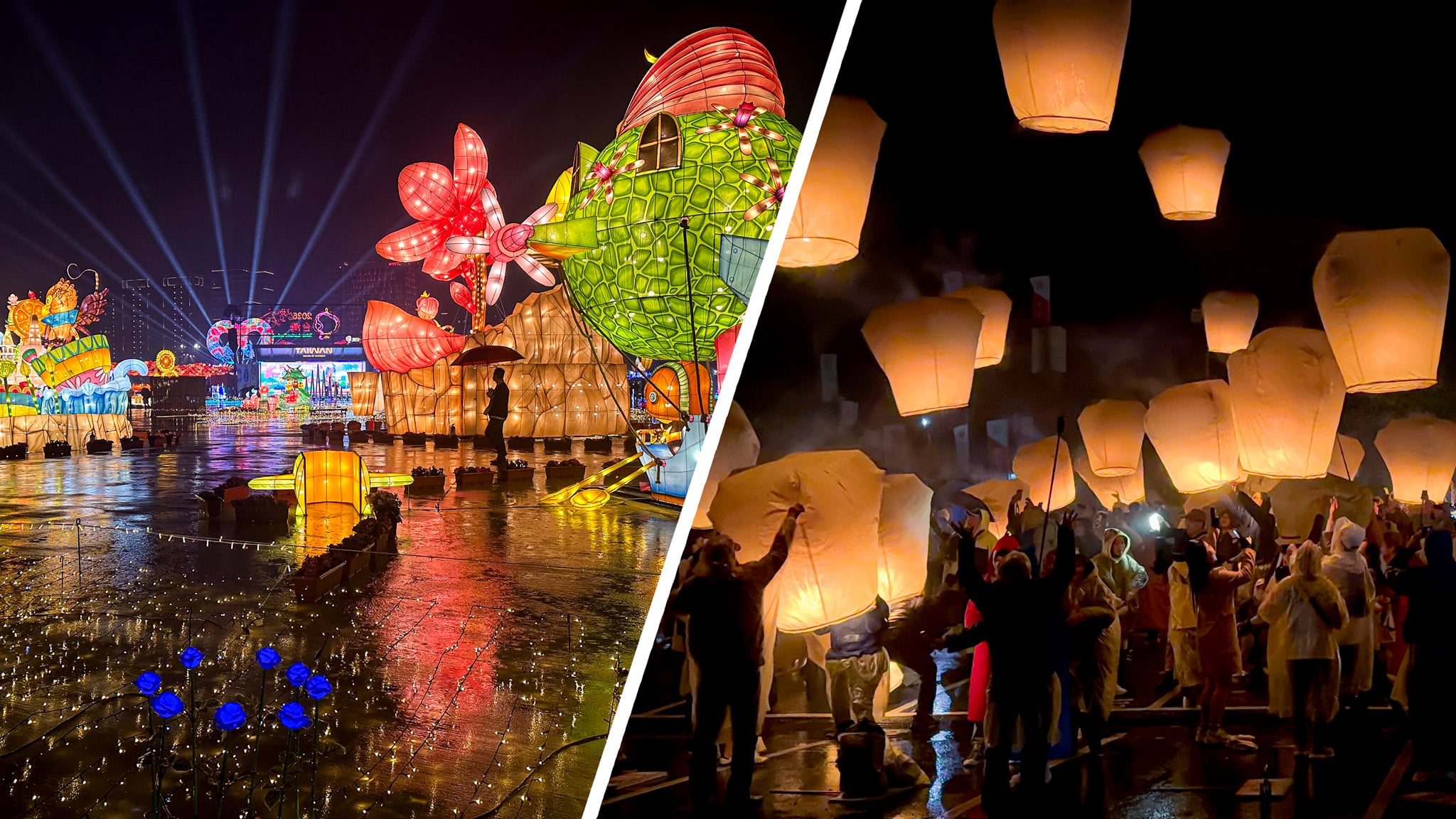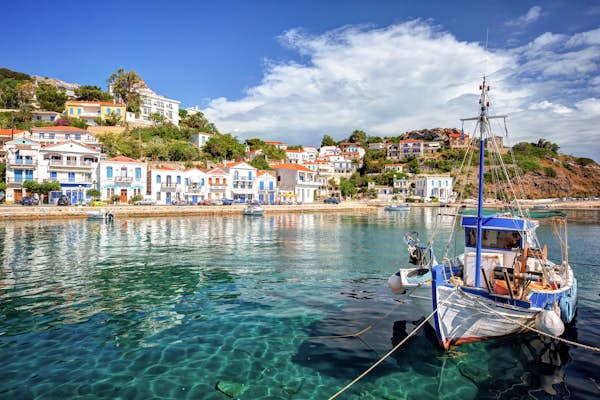20 places to travel in summer 2025
Here’s where you should travel each month this coming summer.

A lot of pressure comes with planning summer travel. As the Northern Hemisphere heats up and many destinations’ high seasons are almost upon us, the most important question many of us are asking is not if we plan to travel this summer – at this point, we’re desperate for any vacation – but where?
So whether you’ve been eyeing flights for months or are just trying to squeeze in a break, here’s where you should travel each month this summer.
Where to go in June
1. Bora Bora, French Polynesia
Why: Relax in a tropical paradise in the balmiest season
Blue, turquoise, azure, teal, indigo – there aren’t enough words to describe the hues of the Pacific Ocean around French Polynesia on a clear, calm, sunny day. And there are plenty of those in June, the start of the driest season, when the main island of Bora Bora and its motu (ringing islands) bask in temperatures of around 25–30°C (77–86°F). This is the stuff of movies, with luxurious resorts perched over crystal waters and shaded by swaying palms – with prices to match, though more modest accommodations can be found. As if the scenery wasn’t paradisiacal enough, the snorkeling and diving in coral gardens with sharks and rays is spectacular.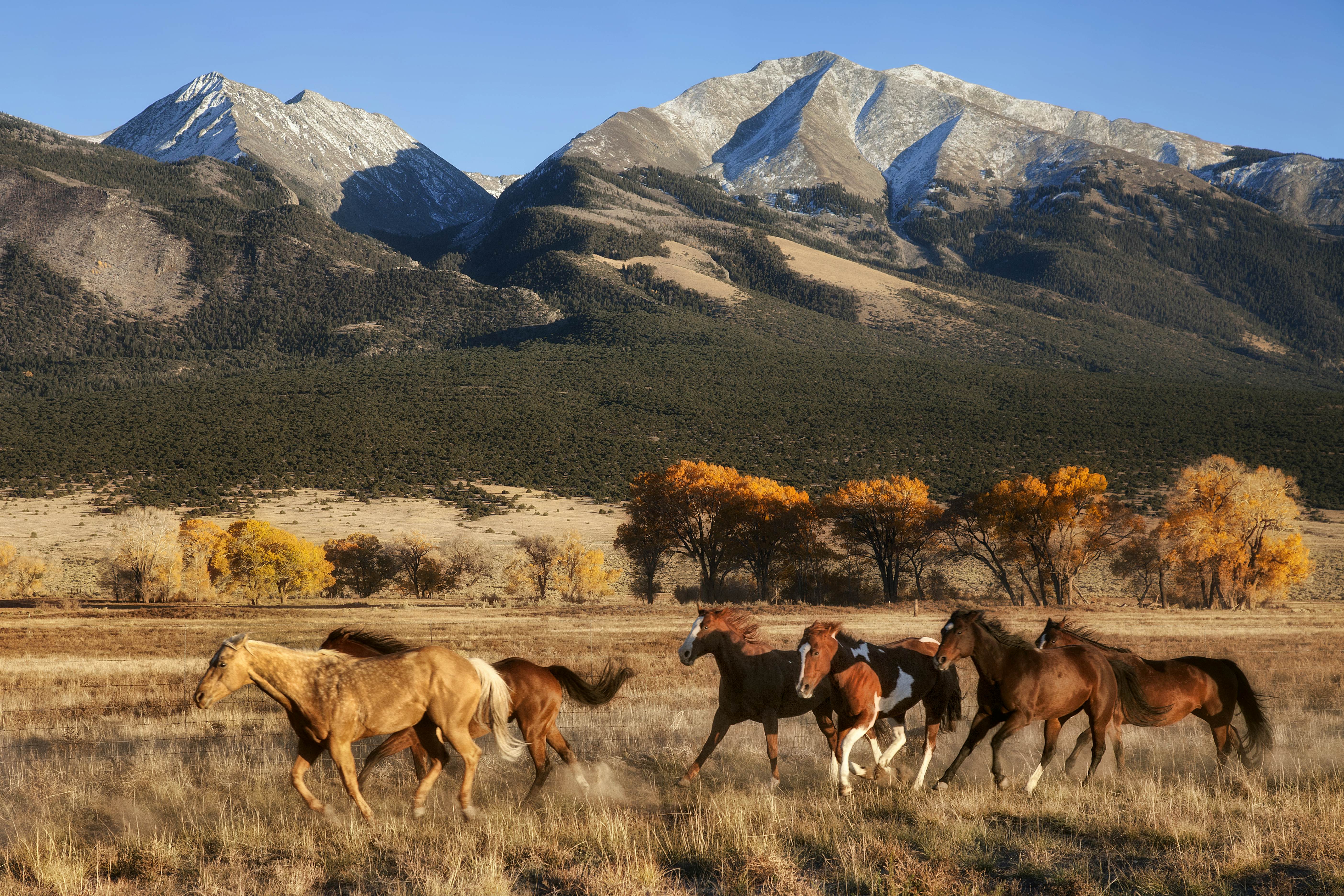
2. Western Colorado, USA
Why: Saddle up for ranch life and ecological renewal
Donning chaps, mounting a mustang and herding steers is an elemental dream. But like the themes and attitudes of films and TV shows depicting these activities, ranching has evolved over the years. Today, not only do many outfits host urbanites looking to play out cowboy fantasies at dude ranches – offering activities such as yoga, rafting, bird-watching, writing workshops and mountain biking as well as the more typical riding, hunting and fishing – but they embrace modern ideas of conservation and sustainability. Beat the high summer heat with a June vacation at one of Colorado’s innovative ranches, like C Lazy U Ranch, where you can get hands-on with the nitty-gritty of raising cattle and bison and learn how habitats are managed to protect biodiversity.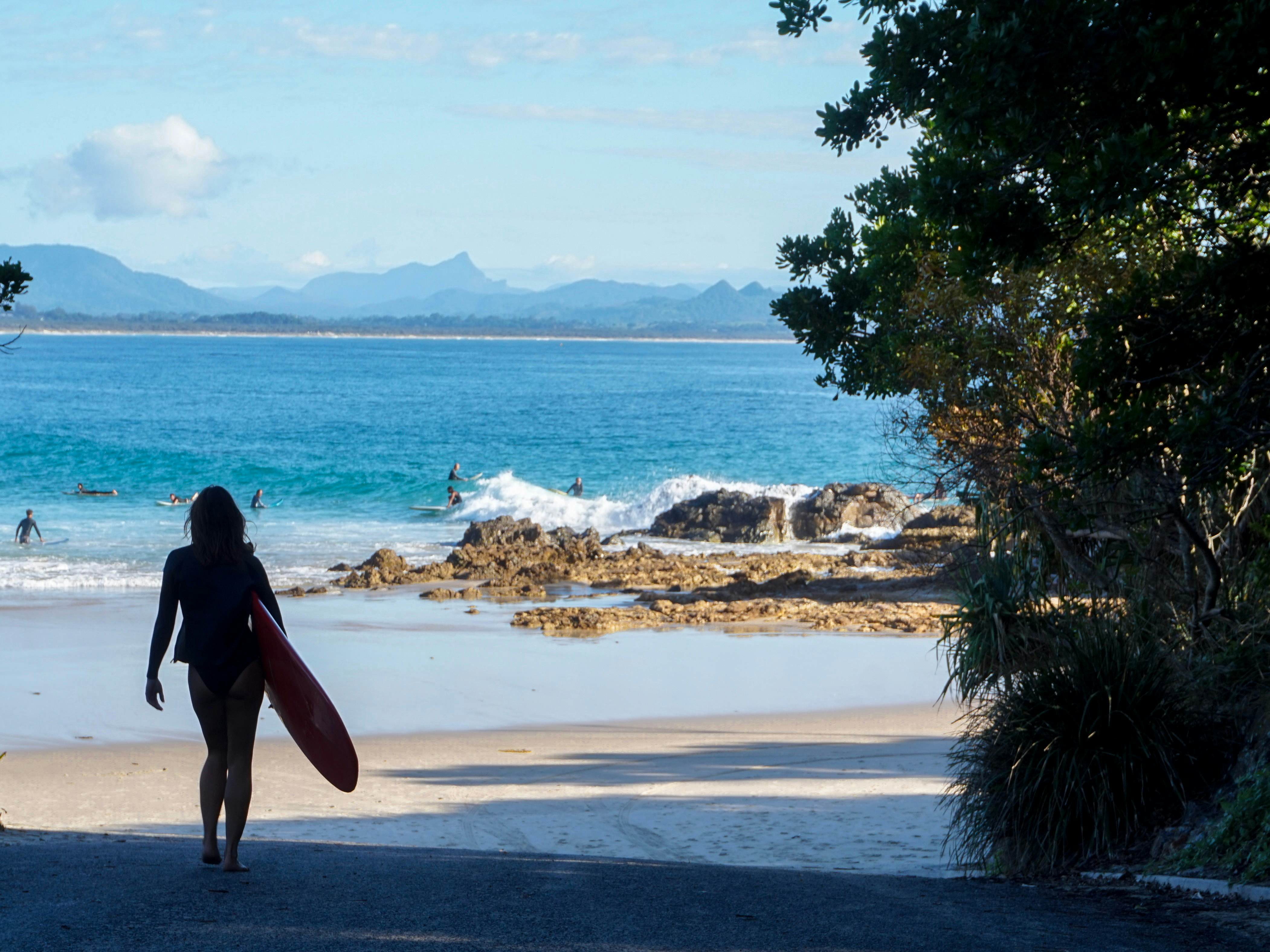
3. Byron Bay, Australia
Why: Choose from yoga retreats, aquatic wildlife and elite surfing
The June solstice sees adherents around the world celebrate the International Day of Yoga. Though Byron Bay may no longer be the preserve of backpackers and hippies, having evolved into a stylish, upmarket destination, it retains a decidedly laid-back air and alternative scene. Recharge your spiritual and physical batteries at one of the yoga retreats and studios. And since yoga sessions don’t take all day, afterward, you can don a mask and snorkel to encounter subaquatic marvels at Julian Rocks – watch for wobbegong sharks, sea turtles, rays and kaleidoscopic fish – or grab your surfboard and shorty wetsuit to catch the reliable winter swells. This is the time to watch for whales, too: thousands of humpbacks migrate through the waters off Byron Bay between June and October; spot them from shore at Cape Byron or join a dedicated whale-watching boat tour.
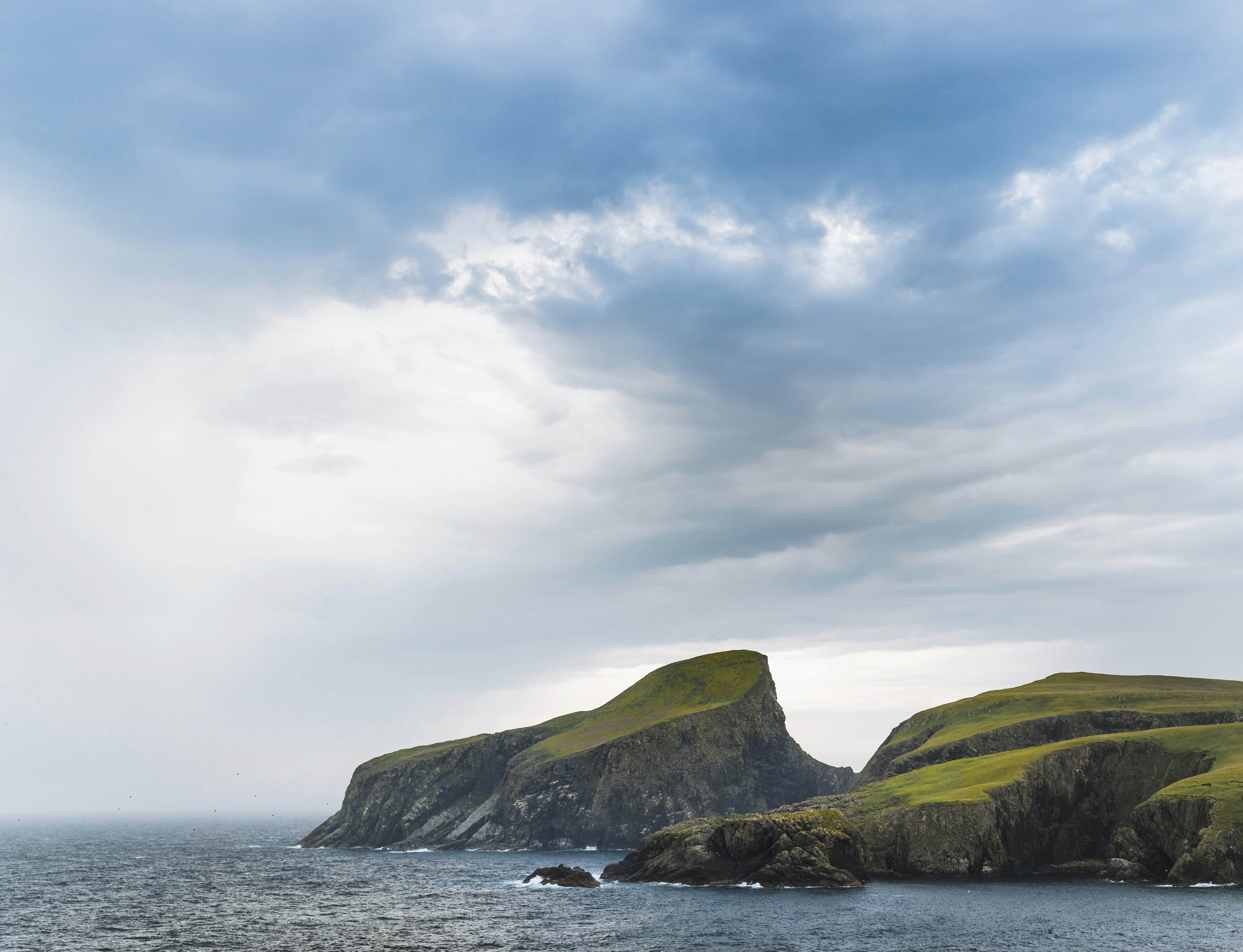
Coastal cliffs on the east side of Fair Isle, Scotland
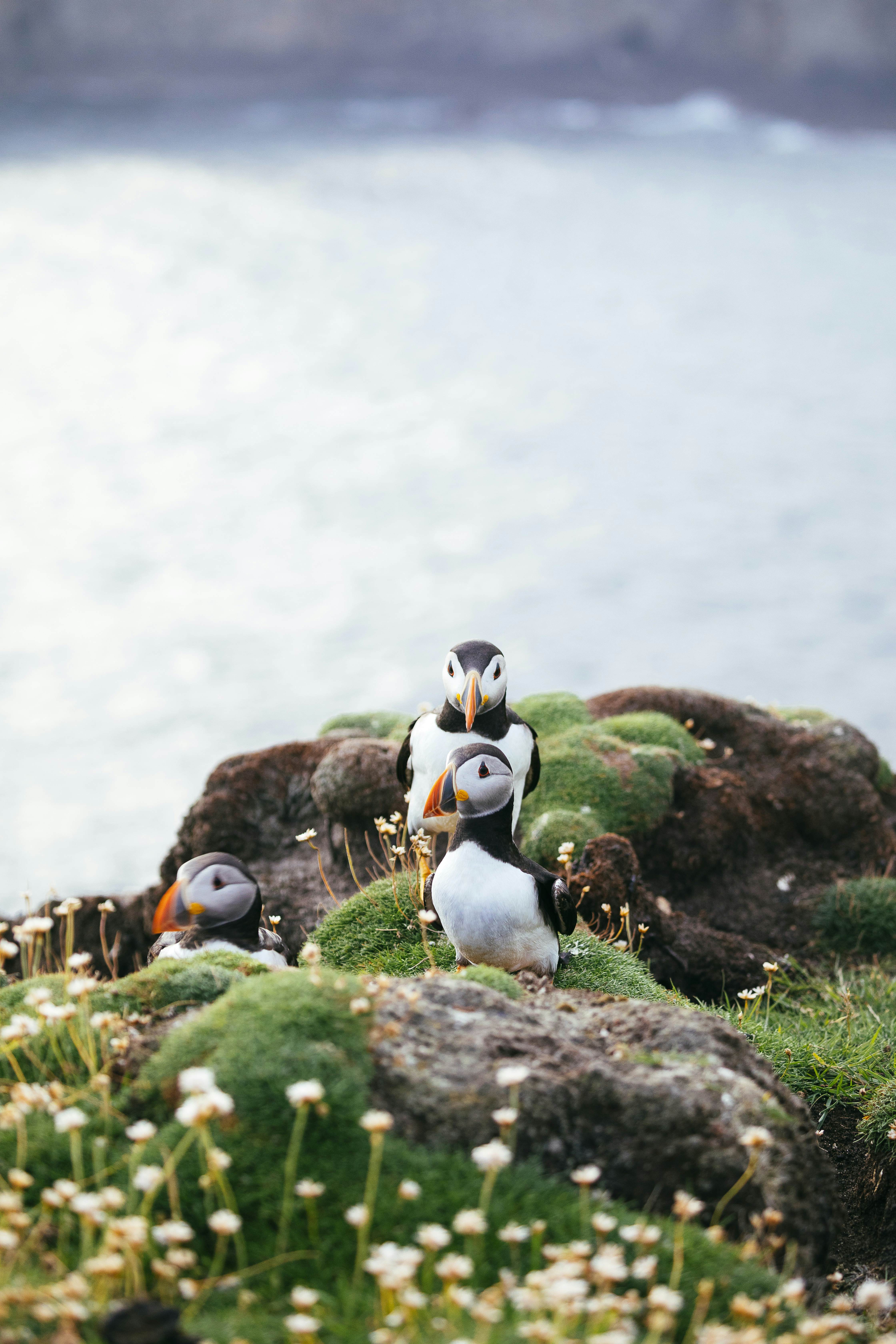
Puffins on Fair Isle. Finn Beales for Lonely Planet (2)
4. Shetland, Scotland
Why: Roam the UK’s northernmost wilds and sip Scotch during endless days
Closer to Bergen in Norway than Edinburgh, the 100-plus Shetland Islands in the North Atlantic have a distinctly Nordic flavor – indeed, they were Norwegian till 1469. Come in June, when the sun barely sets, to hike the windswept hills and coast; discover the deafening seabird colonies of Sumburgh Head, Fair Isle, Foula and Noss, with thousands of breeding puffins, kittiwakes, guillemots, gannets and more; and explore the islands’ 5000 years of human settlement at the enigmatic broch (stone tower) of Mousa and turf-clad ruins of Jarlshof. The weather can turn without warning. If clouds gather, retreat to Lerwick’s fine Shetland Museum or one of its tempting bars. A traditional fiddle tune and a dram of local whisky should warm your cockles: Shetland Reel, on Unst, is Scotland’s northernmost (legal) distillery.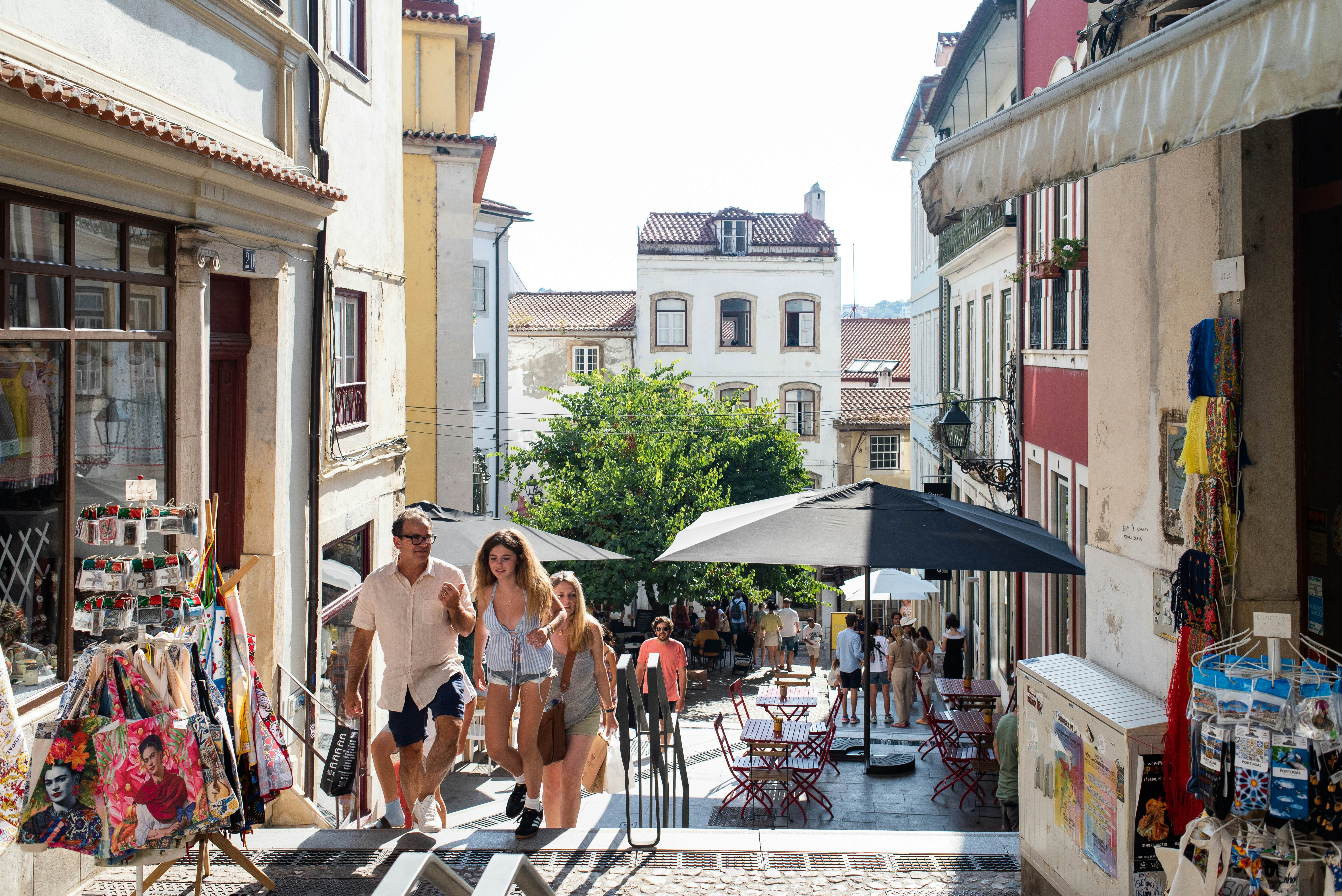
5. Aveiro and Coimbra, Portugal
Why: Discover culture, canals, crooners and delicious cuisine
Portugal’s brightest minds have studied – and celebrated – in Coimbra for over seven centuries since its venerable hilltop university opened in 1290. By June, though, the youngsters have drifted away, leaving the cobblestone streets echoing with the soul-stirring tones of the city’s distinctive style of fado music. Once you’ve admired the magnificent Romanesque 12th-century Sé Velha (Old Cathedral) and climbed the 180 steps of the Torre da Universidade for city views, make the short hop north to Aveiro, the so-called Venice of Portugal. Glide along its canals aboard a colorful moliceiro (traditional seaweed-harvesting boat), stroll streets lined with elegant art nouveau villas and absorb the action at the Mercado do Peixe (Fish Market) – around which, of course, you’ll find the freshest seafood. Then slip across to the sand and surf at Praia de São Jacinto or Praia da Costa Nova before holidaymakers arrive in force in July.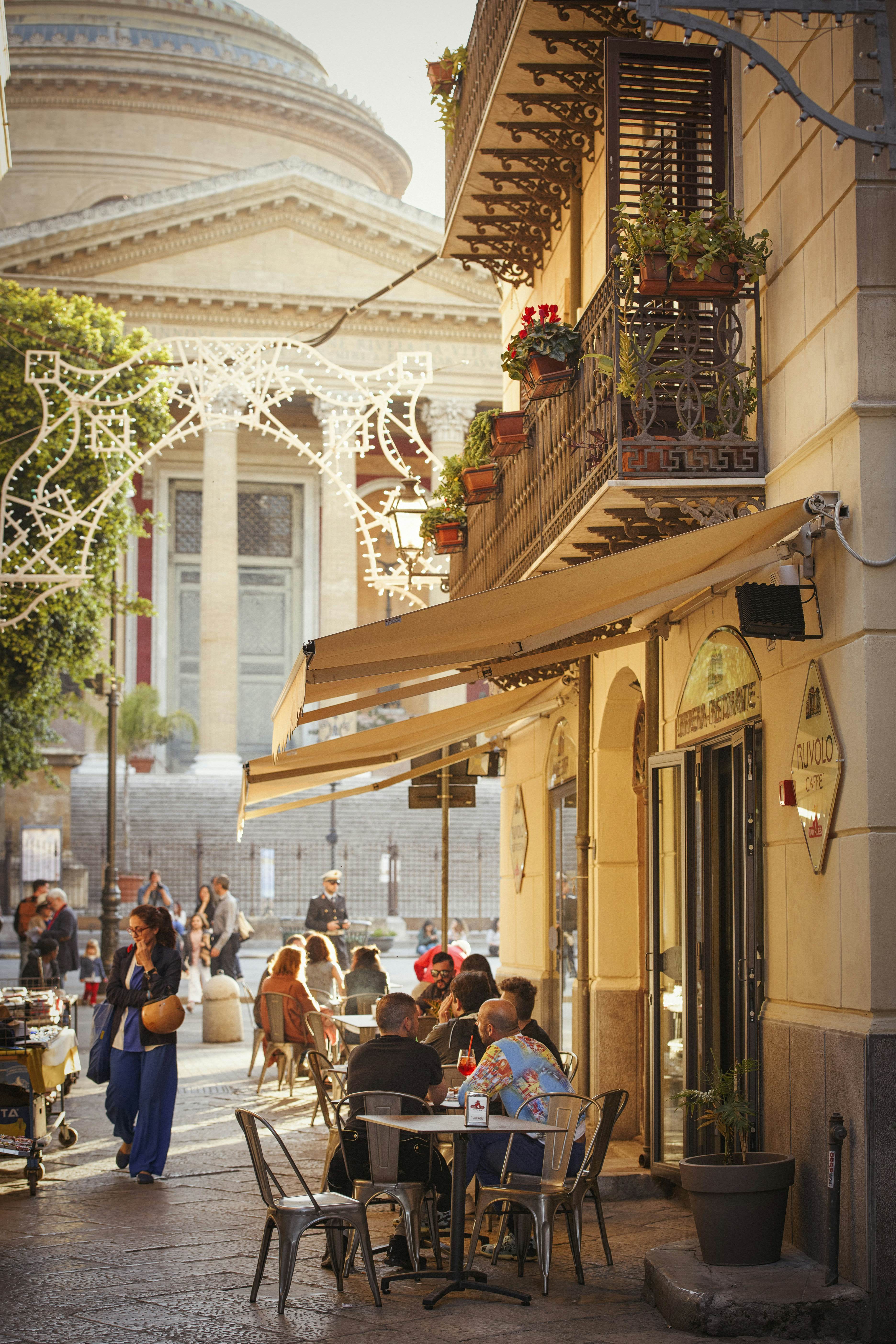
6. Sicily, Italy
Why: Feast on fine food and wine
The largest Mediterranean island is – excuse the travel cliché – a true cultural crossroads: ancient Greeks and Arabs, medieval Normans, Spanish and English conquerors, colonizers and visitors all left their marks here. This mixed heritage is evident in Sicily’s extraordinary historic sites: the ancient Hellenic and Roman monuments of Agrigento, Syracuse and Taormina; and Palermo’s Norman palace and nearby Cattedrale di Monreale. All are less crowded before the peak of July and August yet delightfully warm in June for wandering. And the cultural mix also flavors the island’s distinctive cuisine. On a culinary circumnavigation, savor hints of North Africa in oranges and couscous. Devour tuna, anchovies and sardines, and snack on arancini (filled, fried rice balls), cazzilli (potato croquettes) and pane e panelle (chickpea fritters). Look for teardrop-shaped caciocavallo and sheep’s-milk ricotta cheeses, the latter stuffed into pastry tubes for sweet cannoli. And sip corvo, regaleali and sweet malvasia and Marsala wines.
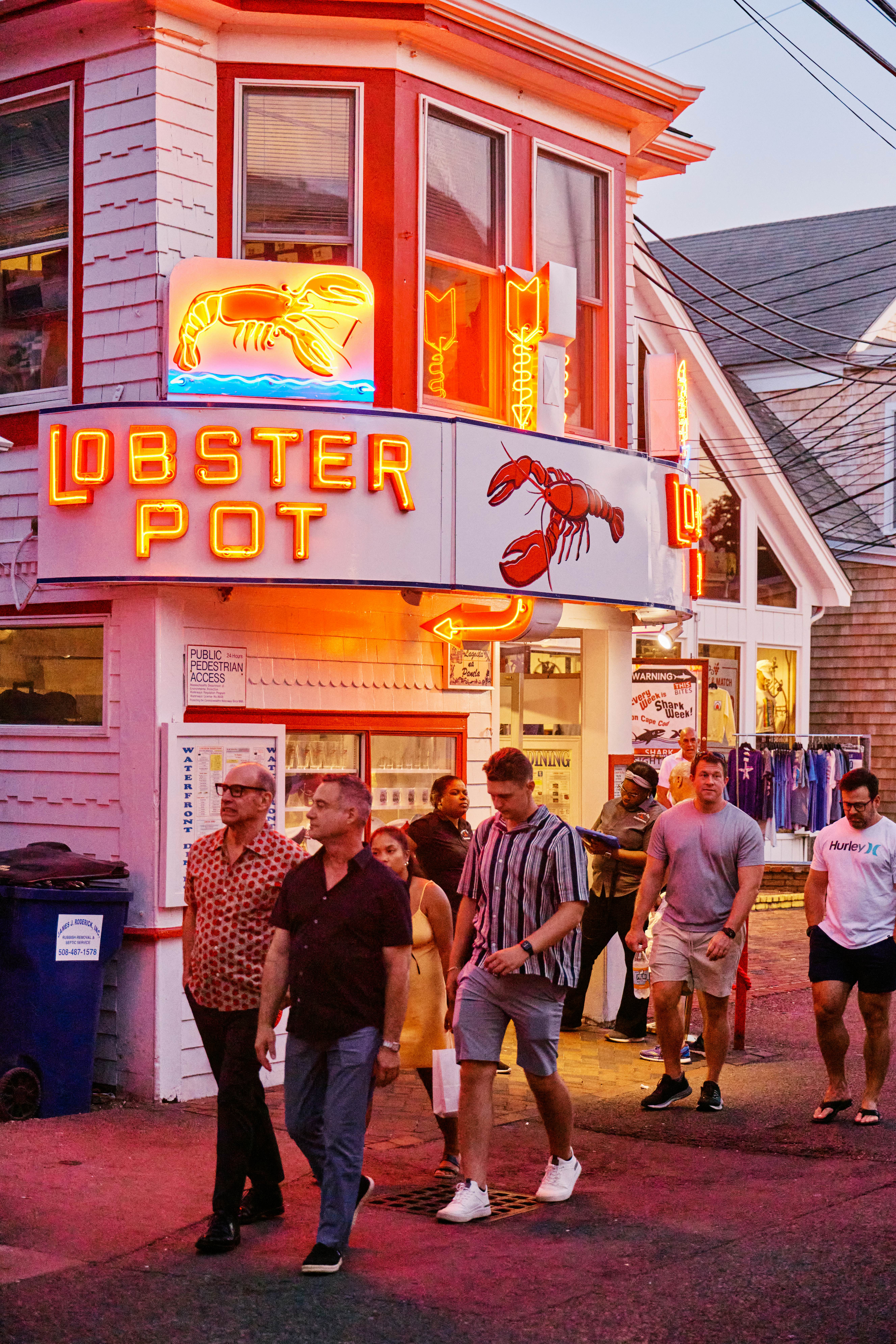
The Lobster Pot in Provincetown on Cape Cod
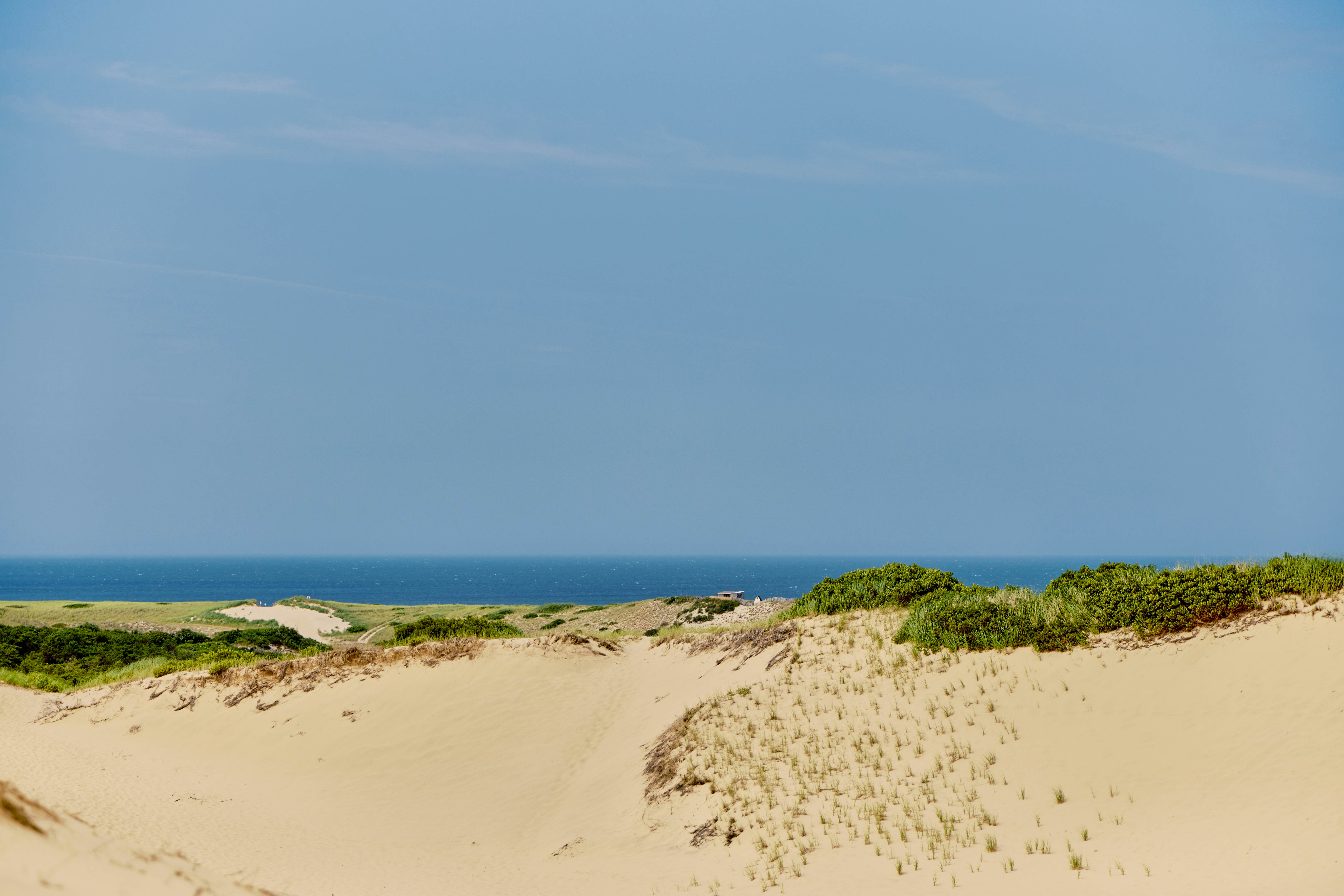
Cape Cod National Seashore. Eli De Faria for Lonely Planet (2)
7. Cape Cod, USA
Why: Celebrate sun, sea and sand (and seafood)
If you’re fond of sand dunes and salty air, try New England’s favorite seaside destination. The flexed arm of Cape Cod is lined with beaches, cute towns and places to pick up oysters, clams and lobster rolls; no wonder millions flock here each year. Most, though, come in July and August. After an uptick around the long weekend for Memorial Day (May 26), the crowds thin, making June a delicious month to visit, with more chances of finding accommodations and space on the beach. Not that it’s too quiet: the month celebrates the arts at Provincetown's film festival and other events. Trace an arc around the cape by car, pausing at the pretty harbors or heading out on a whale-watching cruise, or cycle the 25-mile (40.2km) Cape Cod Rail Trail between South Dennis and Wellfleet.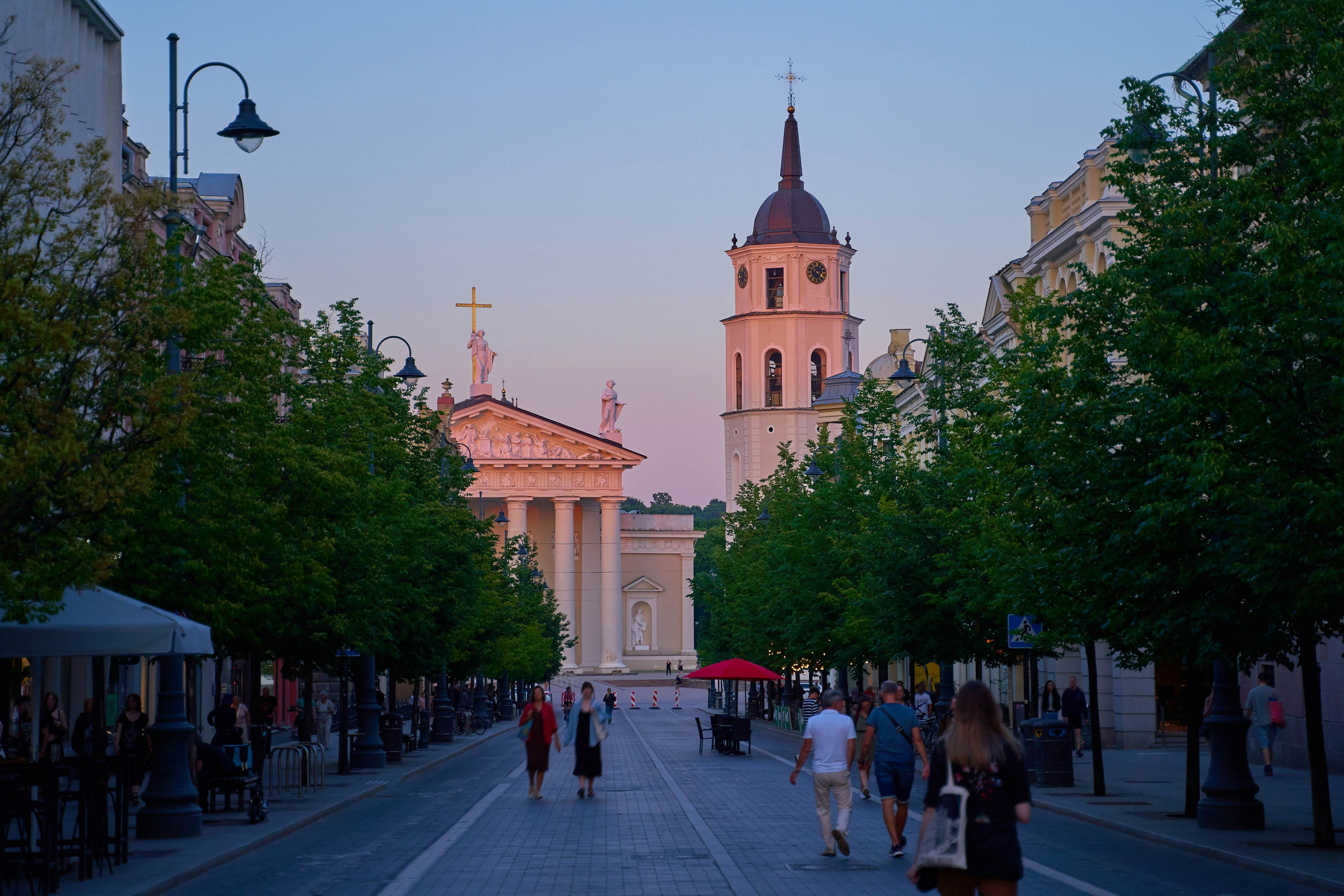
Where to go in July
8. Lithuania
Why: Spend sunny days on the Baltic Sea
July brings long and sunny days, short nights and a warmer Baltic Sea to Lithuania – meaning you can see the best of this beautiful country in ideal conditions. Start your trip in Vilnius, the forward-looking capital, exploring its cathedral and Old Town; then head west to the magnificent island castle of Trakai and on to Klaipėda, gateway to the sandy beaches and dunes of Curonian Spit National Park. Since July and August bring crowds to the supremely scenic beaches and forests of Curonian Spit, consider staying in the smaller villages of Preila and Pervalka rather than the tourist center of Nida.
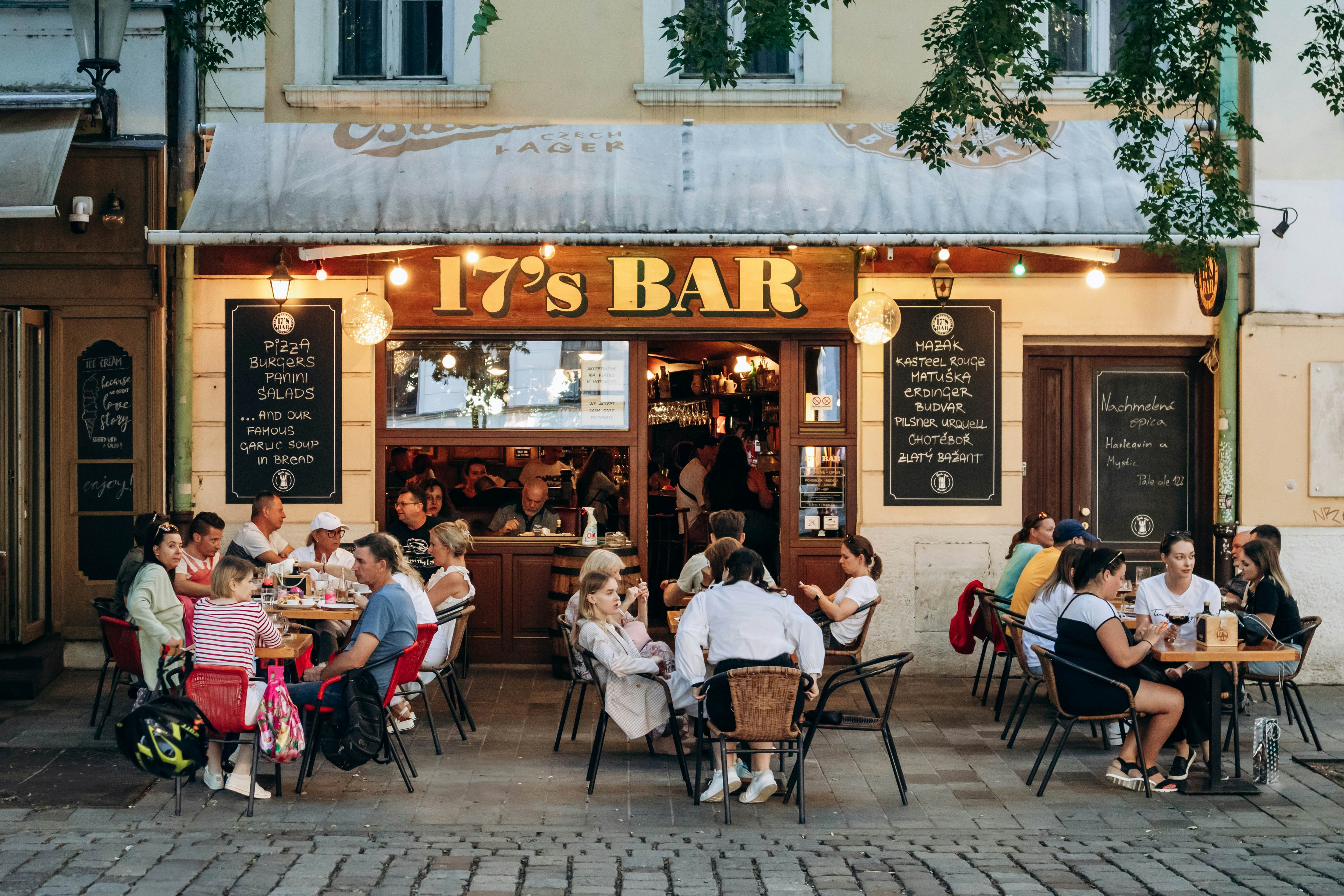
Bratislava, Slovakia. Andrei Antipov/Shutterstock
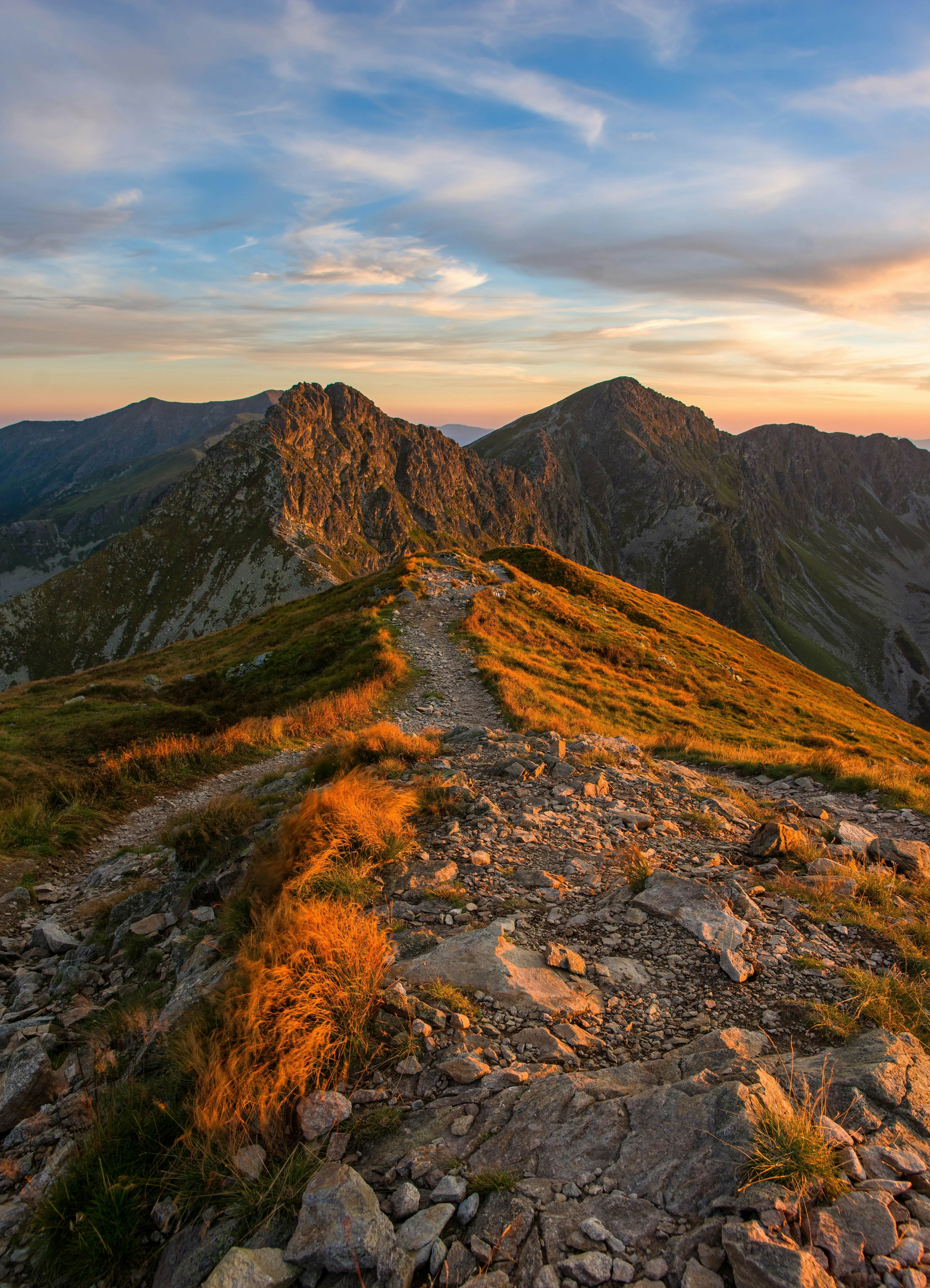
Hiking in the High Tatras. Kluciar Ivan/Shutterstock
9. Slovakia
Why: Laze through days in old towns and hike in high altitudes
High summer is a popular time to visit Slovakia. Temperatures reach above 30°C (86°F), and endless rounds of Zlatý Bažant beer arrive at tables set along cobbled streets. Grab a zmrzlina (ice cream) and stroll around Bratislava’s statue-lined squares or the stately medieval town of Banská Štiavnica. Summer is also a hotly anticipated window for high-altitude hikes in the High Tatras. Slovakia’s highest peaks, including 2501m (8205ft) Rysy and 2495m (8185ft) Kriváň, are only open to hikers in mid-June, and early snow has been known to cut the season short. 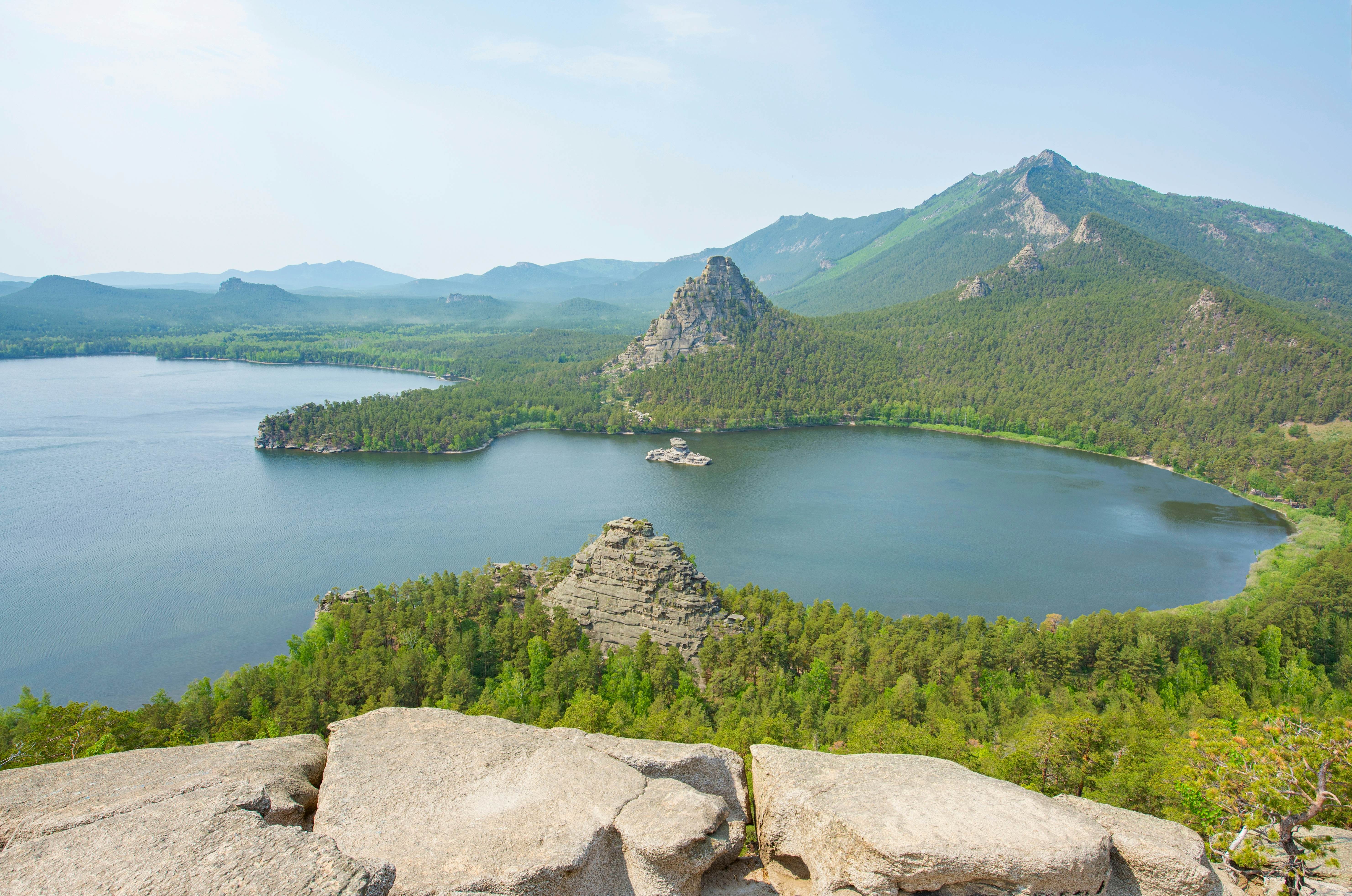
10. Kazakhstan
Why: Access Kazakhstan’s least traveled areas
Though Kazakhstan is never really crowded, summer is the high season. And for good reason: the warm weather makes it possible to explore deep into the mountains, with most of the passes cleared of snow by mid-June. While many Kazakhs decamp to the shores of Lake Issyk-Köl in neighboring Kyrgyzstan, others visit their own vast Lake Burabay in a national park. While the village and lakeshore can draw crowds, once you set out on the trails through the birch forests, you’ll soon find yourself practically alone. 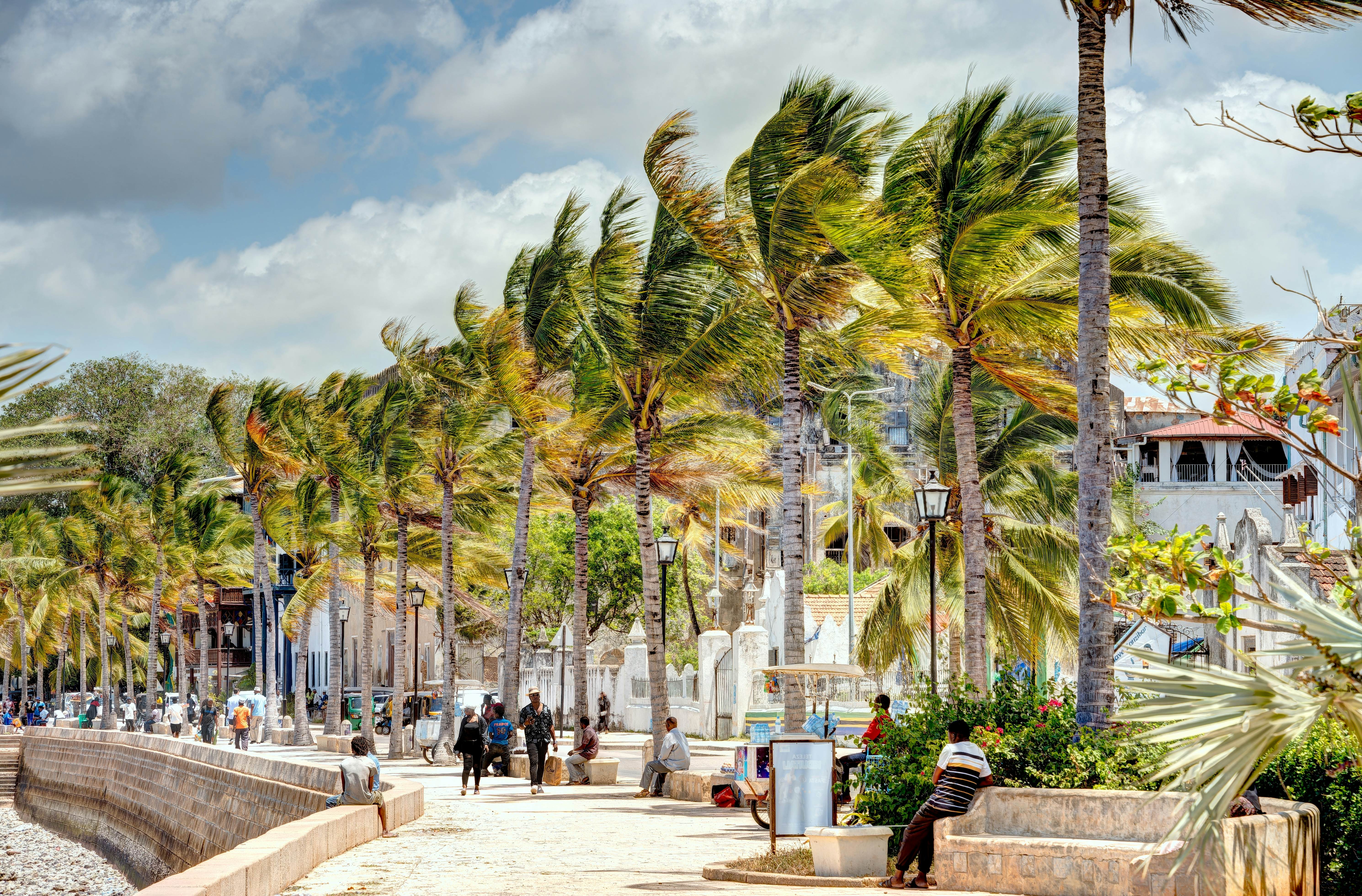
11. Zanzibar, Tanzania
Why: Delve into Stone Town and the Indian Ocean under blue skies
The spice island Unguja – known to most as Zanzibar – is a scent sensation. Stroll the mazelike alleys of old Stone Town on a warm evening, and you’ll catch whiffs of nutmeg, clove and cinnamon in the Darajani Market, frying seafood at stalls in Forodhani Gardens and black coffee in Jaws Corner, where men gather to watch TV and gossip. Zanzibar’s historic heart, with its crumbling palaces and heartrending slavery-era relics, is just one gem of this treasure-trove island, at its best in July, in the middle of the dry season. Board a dhow (traditional sailing vessel) to snorkel off the west coast, watching for dolphins; sniff the leaves and buds of a spice plantation; and find your own patch of coral-sand perfection on one of the wonderful beaches.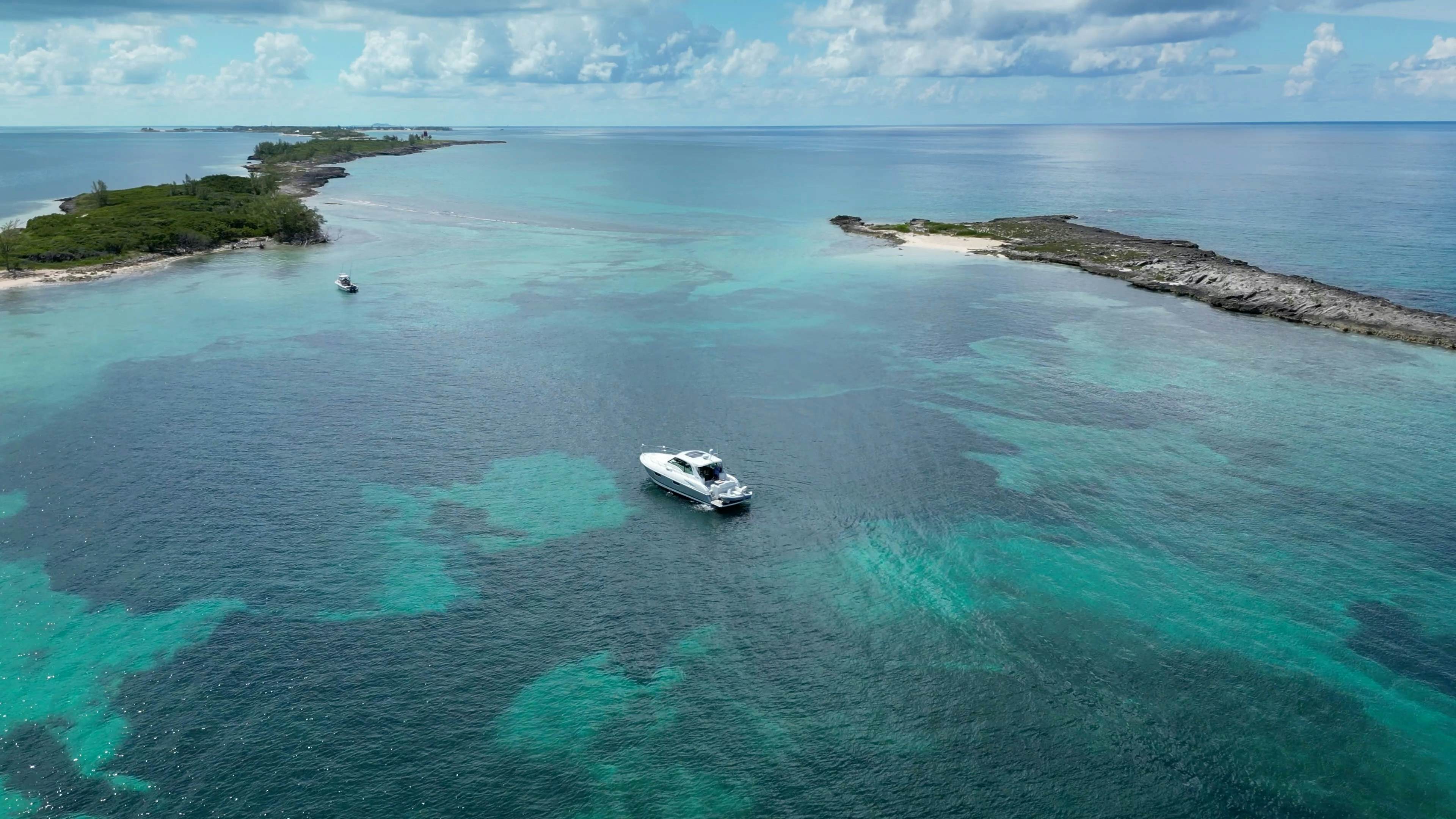
12. Andros and Bimini, the Bahamas
Why: Alternate activity with indolence on and under the water
The Bahamas are almost the Caribbean – yet, crucially, not quite. True, this speckle of islands and cays between Cuba and Florida possesses limpid waters and beautiful beaches. But summer here, though rainy, is less afflicted by the storms that often hit other islands. July brings calm, clear, warm seas for superb diving and snorkeling off tourist-light Andros; its east coast is protected by the world’s third-longest barrier reef. Hop across to Bimini for manta ray encounters (peaking in July, when sharks are less prevalent) and the chance to come face to snout with an Atlantic spotted dolphin. Add mangroves, excellent fishing, thriving birdlife and powdery white sand beaches – but subtract crowds – and Andros is an even quieter and better value in July.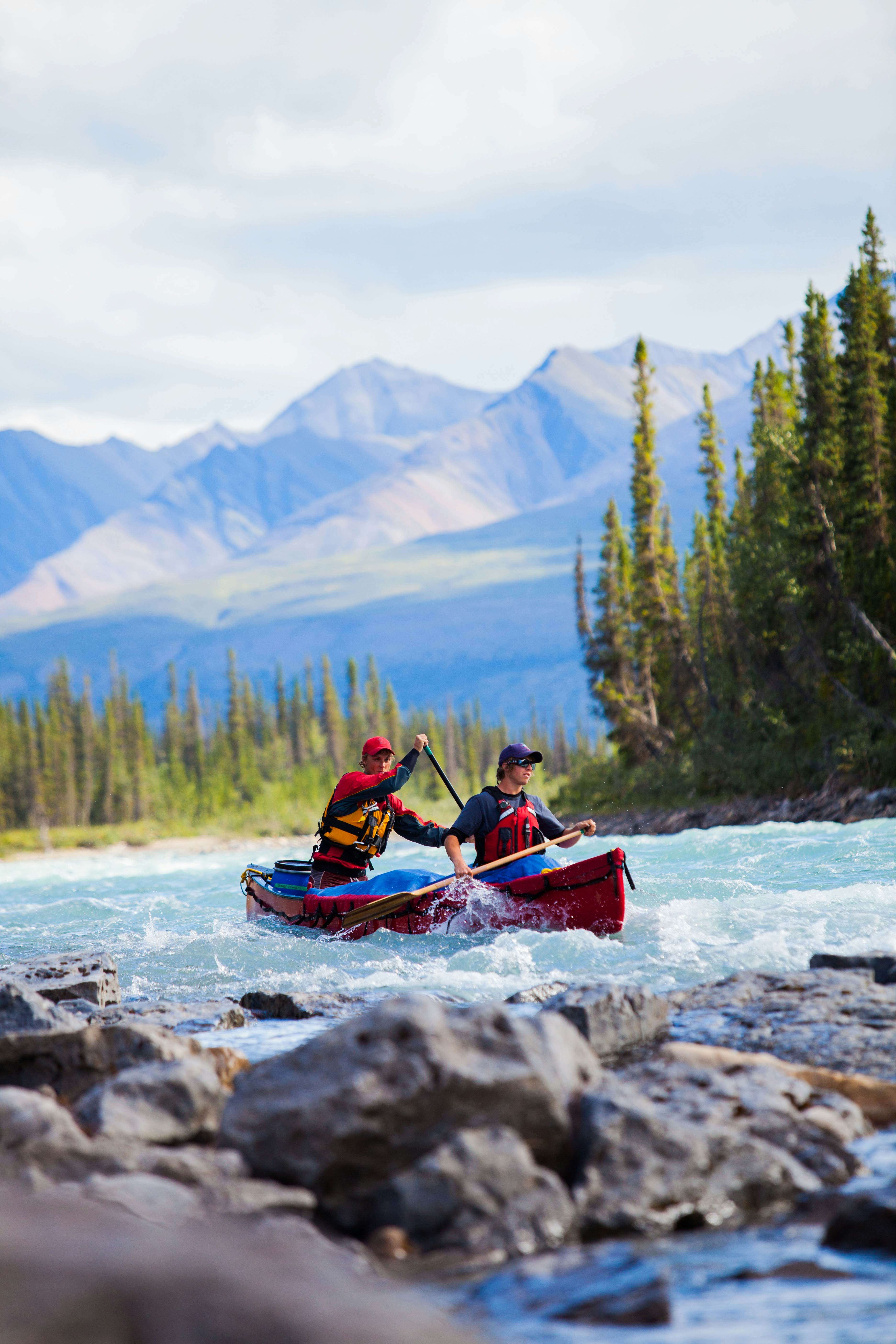
13. Northwest Territories, Canada
Why: Run the river wild to immerse yourself in Indigenous culture
This vast region of tundra and taiga is as empty as it is wild, with fewer people than the tiniest Caribbean nation scattered across an area nearly as large as Mongolia. To discover the natural and cultural wonders of the Northwest Territories, take a river journey into its untamed heart, possible for just a few weeks from late June on, when temperatures are (relatively) balmy and days stretch forever. Canoe a stretch of Canada’s longest river, the Dehcho (Mackenzie); raft the South Nahanni from the thundering 96m (315ft) Virginia Falls in the sky-piercing Mackenzie Mountains; or paddle a kayak on gentle Great Slave Lake, North America’s deepest. En route, learn about the traditional culture of the Dene peoples, who have adapted to this challenging environment over tens of millennia, and watch for caribou, Dall sheep, black bear, moose and wood bison, the continent’s largest land mammal.
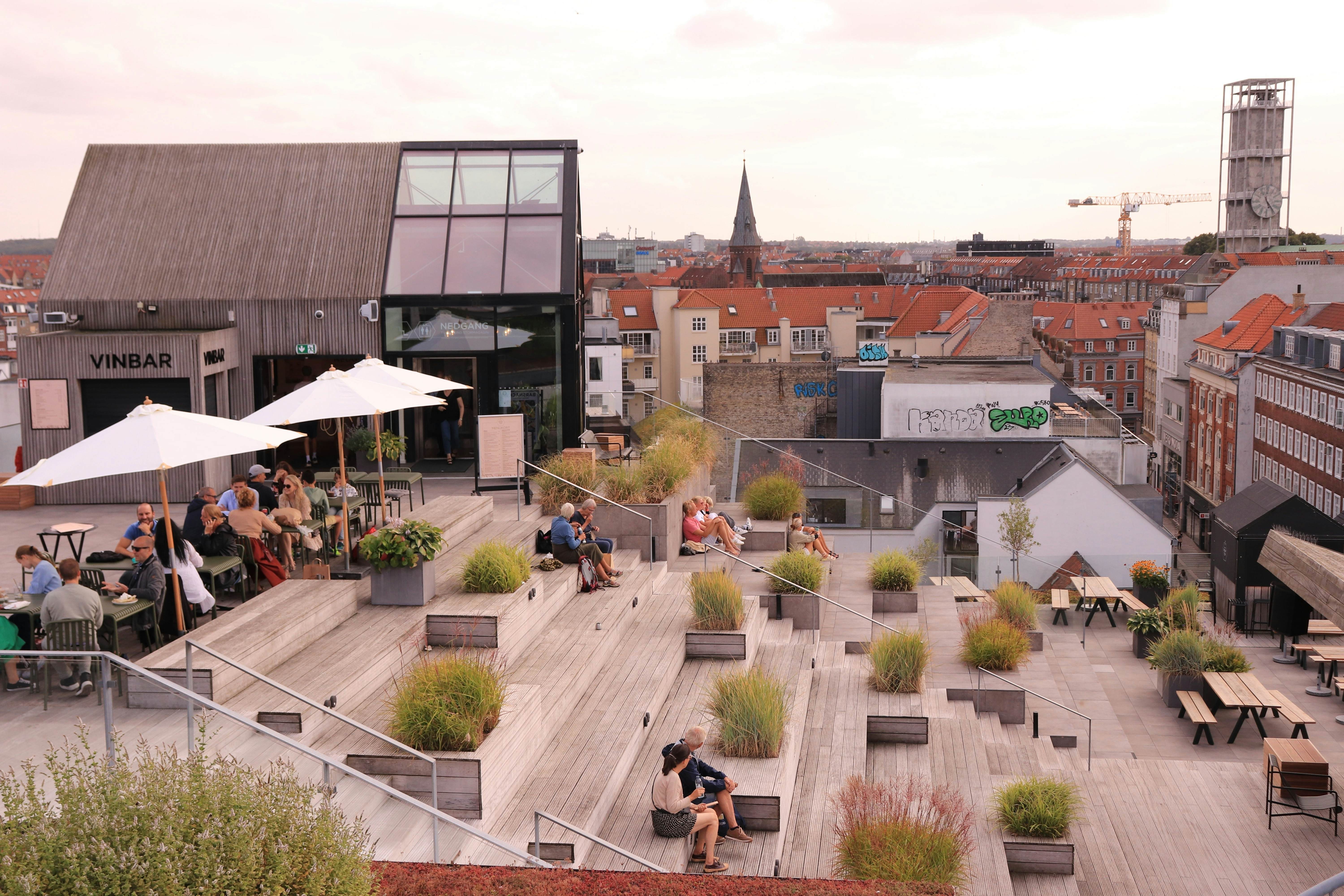
A sustainable rooftop in Aarhus.
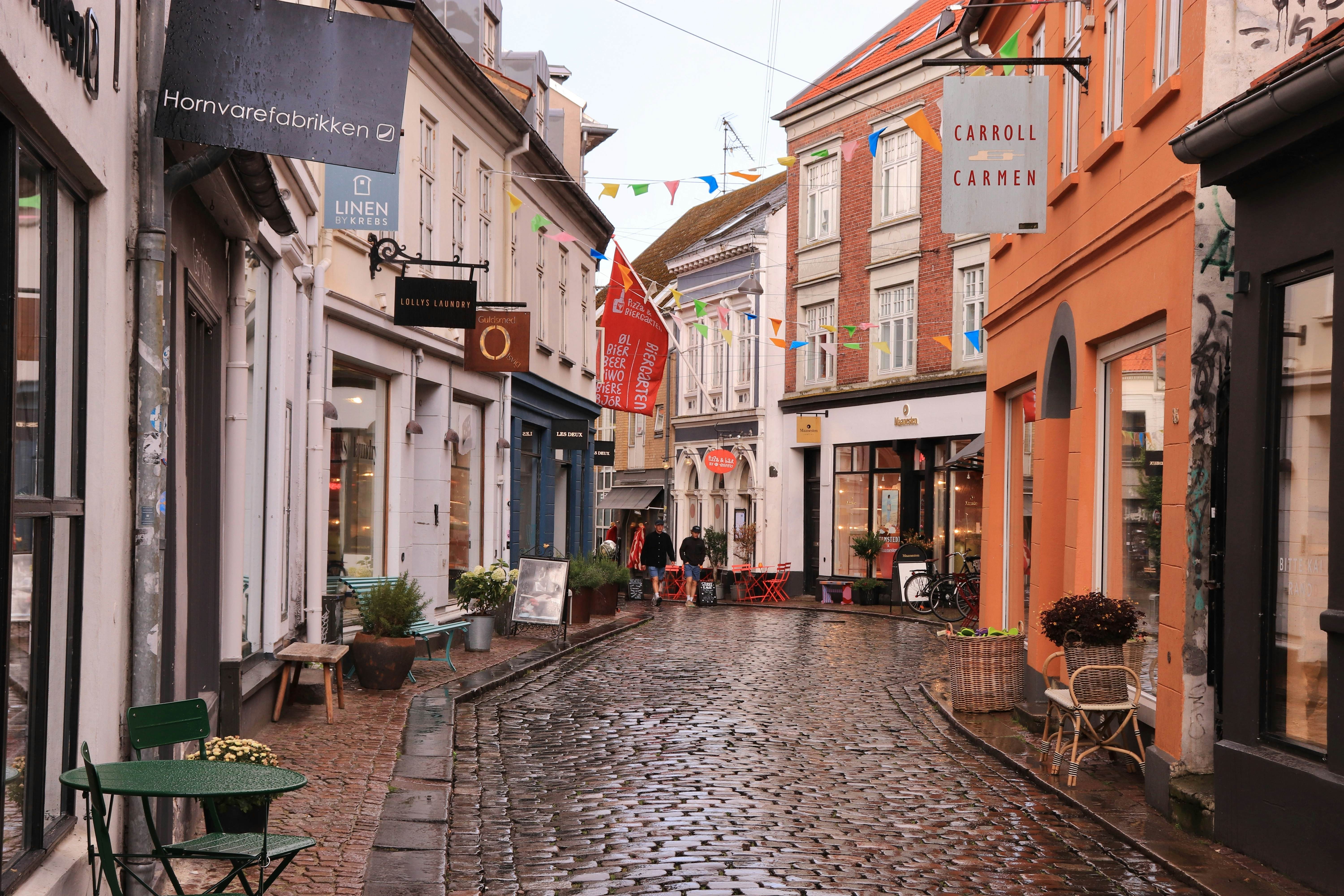
The side streets of Aarhus. Erika Cristina Manno/Shutterstock (2)
14. Aarhus and Jutland, Denmark
Why: Revel in sunny days and balmy evenings in a cultural and culinary hot spot
Denmark’s second city is buzzier than a beehive. Founded by Vikings some 13 centuries ago, today's Aarhus is eminently contemporary, with its groundbreaking ARoS art museum, rejuvenated waterfront cultural center, Dokk1, and innovative Iceberg apartment blocks. Even the Moesgaard Museum, home of the 2000-year-old bog-preserved Graubelle Man, offers a cutting-edge tour through the past. Come evening, the city reveals its true colors, with cafes, cocktail bars and clubs showcasing that quintessentially Danish blend of smiles and smarts. High summer hosts festivals celebrating flowers, jazz, Viking heritage and more, plus warm sun, nudging 20ºC (68ºF), for basking on sandy Baltic beaches: try Den Permanente near the center, silky soft Bellevue to the north and the blissfully empty strands of ecoisland Samsø just a short ferry ride away.
Where to go in August
15. East Anglia, England
Why: Slow down on a rural escape from London
The counties of Suffolk, Norfolk, Essex and Cambridgeshire that make up East Anglia offer a taste of postcard England. Villages of half-timbered 16th-century houses and unexpectedly arty wool towns back onto a coastline studded with beaches. It’s lovely in late summer, when long evenings demand trips to pub gardens and walks along the foreshore. Book accommodations ahead of time. From London, there are fast and frequent train services to Cambridge, Norwich and Lowestoft. While local bus services connect most towns and villages, renting your own car will make exploring easier.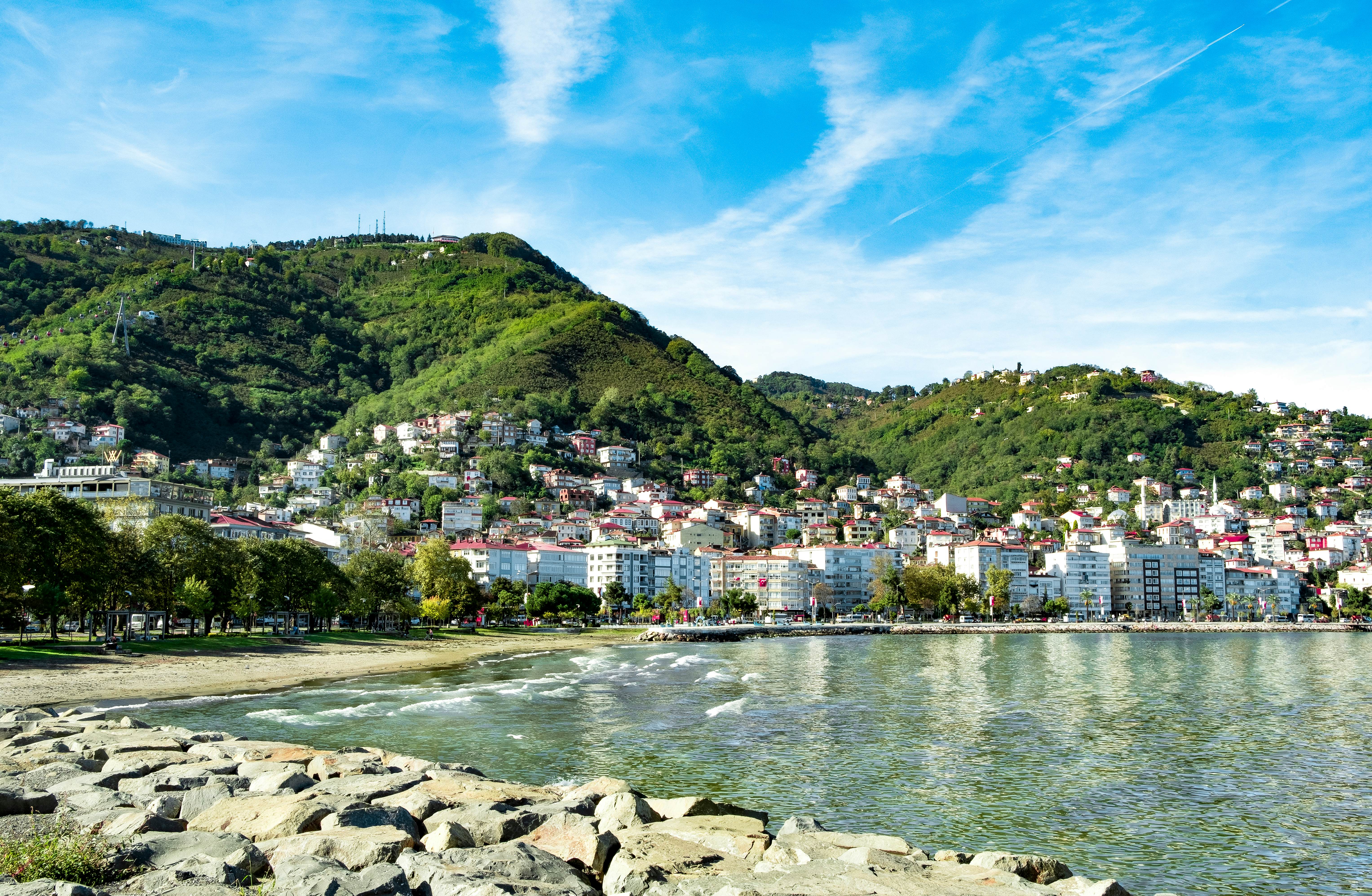
16. Giresun and Ordu, Türkiye
Why: Cool off with the locals on the Black Sea coastline
The lush hills that bump up against the Black Sea coast in Giresun and Ordu provide a respite for travelers from around Türkiye and the Middle East in summer, making this a wonderful, if busy, time to visit. Temperatures hover around 25°C (77°F) but can reach above 30°C (86°F), with humidity to match, so it’s worth heading for the region’s cooler mountain areas. August heralds the beginning of the hazelnut harvest, which is celebrated with village festivals.
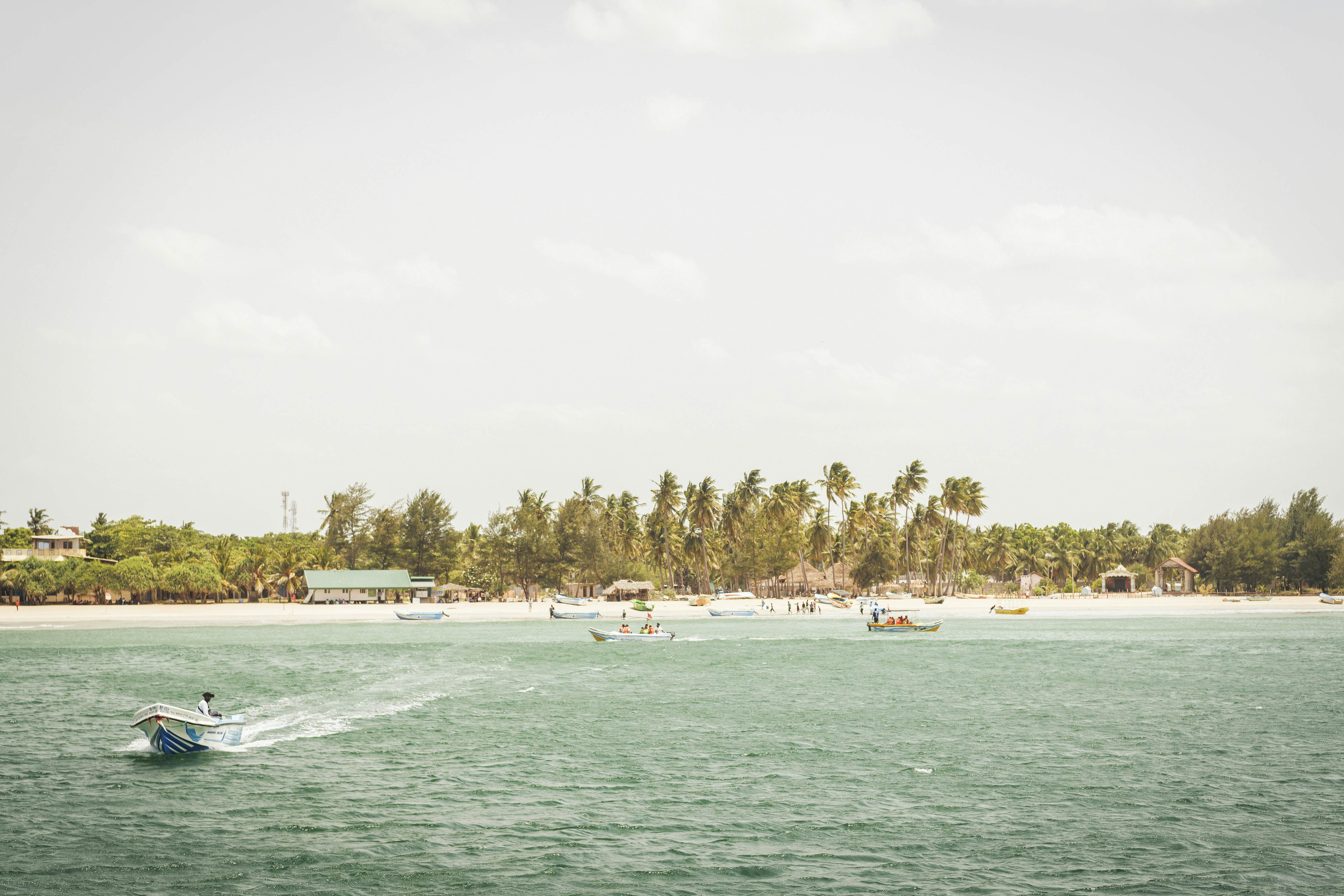
Boats on Sri Lanka's east coast.

Fishermen at a cove between Uppuveli and Nilaveli beaches. Jonathan Stokes for Lonely Planet (2)
17. Northeast Sri Lanka
Why: Loll or surf at Indian Ocean beaches
There’s a triple whammy of good news about Sri Lanka’s northeast in August: the weather is great, prices are low, and beaches are quiet. Unlike the southwest, which catches rain, the northeast coast this month has blue skies, warm waters and – at Arugam Bay particularly – good surf. Civil war kept this region largely off-limits until recently, so the coast is little developed, and you can still find an empty patch of sand at spots such as Nilaveli, Uppuveli and Passekudah. The center is also pretty dry in August, good for visiting the rock fortress of Sigiriya and spiritual hub Kandy, which bursts into noisy, colorful life during the Esala Perahera celebrations honoring the Sacred Tooth relic of Buddha each summer.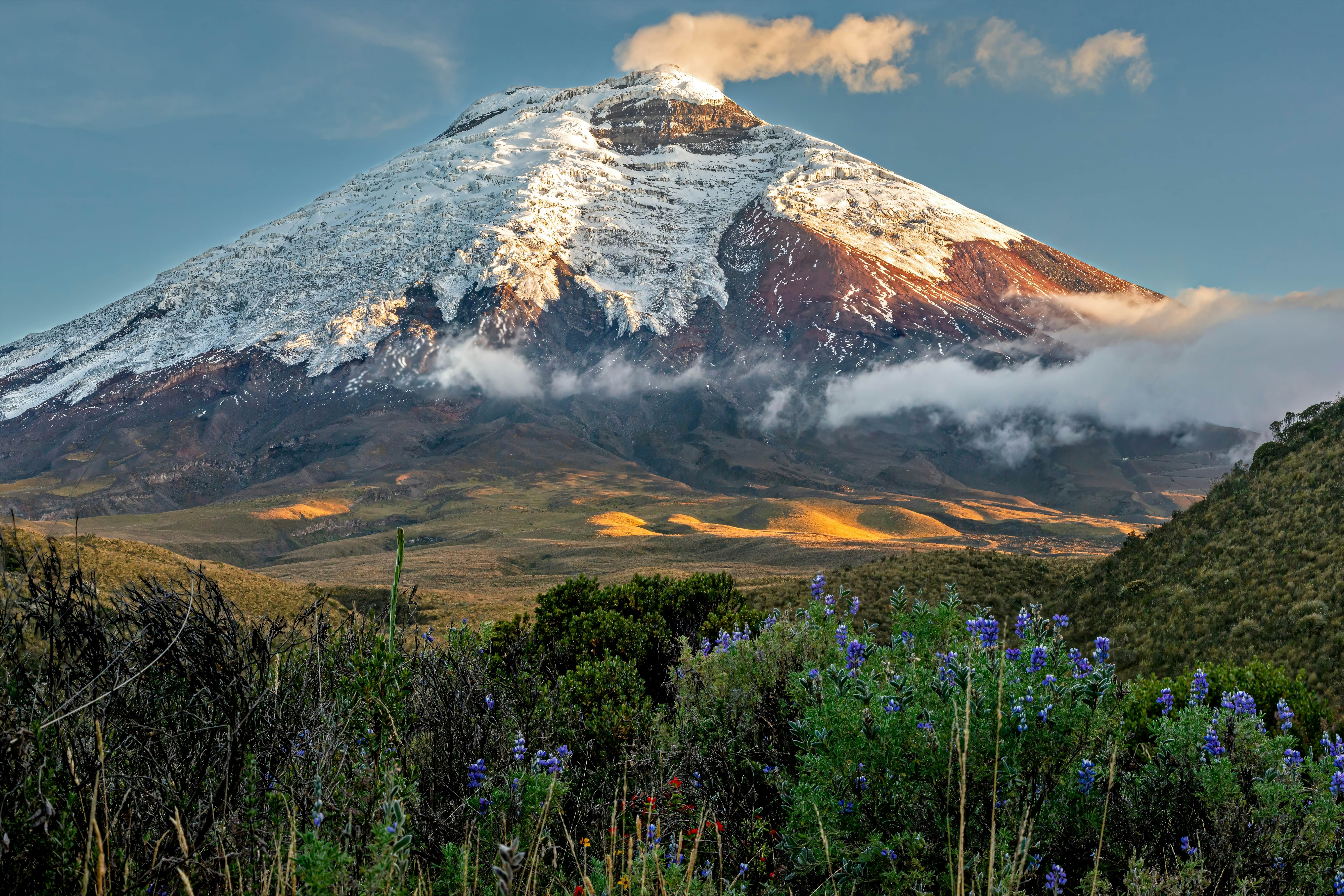
18. Ecuador
Why: Climb volcanoes, delve into the rainforest and browse markets
Little Ecuador packs the best of South America into one handy-sized package. It has amazing architecture in Quito and Cuenca; Inca remains at Ingapirca; Indigenous markets at Otavalo, Saquisilí and Zumbahua; magnificent cones (including the picture-perfect Cotopaxi) along the Avenue of the Volcanoes; and profuse wildlife in the Amazon, Galápagos and northern cloud forests. Both the highlands and rainforests are driest in August, so it’s prime time for absorbing the cultural highlights, getting active on volcanoes and rafting white-water rivers. Ecuador is a bargain to boot, with great value accommodations.
19. Singapore
Why: Indulge in greenery and gluttony
Singapore is a hot and tasty prospect year-round. Since it’s practically on the equator, it’s always warm here, and the food scene – from Michelin-starred fine dining to street stalls – is always delicious. August, when local school holidays are over and rain is scarce, can be especially mouthwatering. A growing focus on thinking locally and sustainably has prompted a resurgence in the popularity of the city’s hawker market culture and comfort food faves (laksa, hokkien mee rice, fried kway teow noodles). Younger “hawkerpreneur” chefs have added hipness to the traditional scene, and there have been attempts to tackle food-waste issues. Indeed, Singapore is aiming for a greener future all around, with a pledge to double the size of its parks and plant more than a million trees by 2030.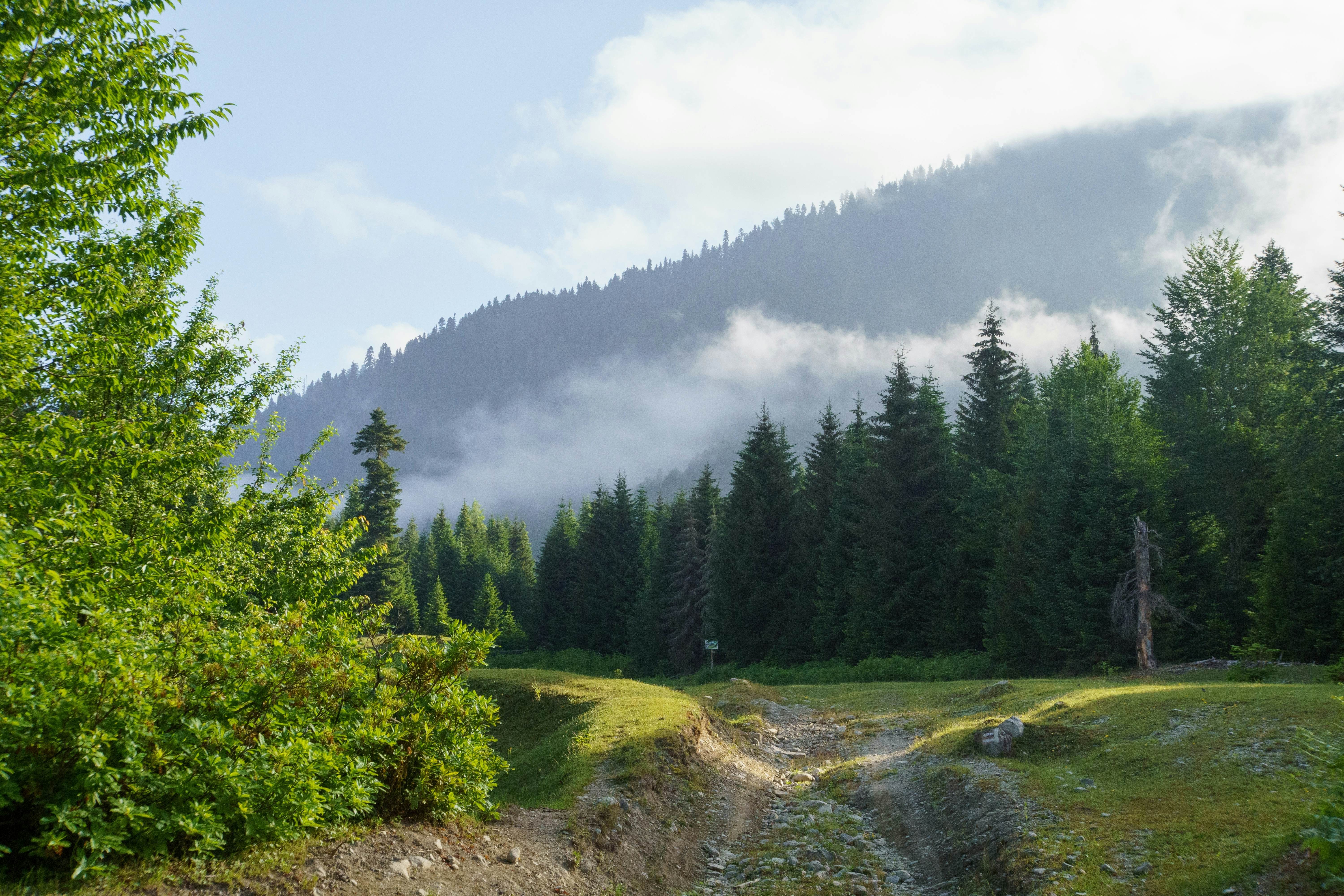
20. Georgia and Armenia, the Caucasus
Why: Hike a spectacular, sustainable trail
When completed, the Transcaucasian Trail will be a monster – a marvelous 3000km (1864-mile) monster – streaking across the little-visited mountains of Georgia and Armenia, from the Black Sea to the Caspian Sea. The project, begun in 2015, aims to safeguard the nature and culture of the Caucasus by creating a world-class hiking route and developing sustainable tourism initiatives along the way. Trekkers will be able to follow centuries-old shepherds’ tracks, visit monasteries and medieval villages, stay in family guesthouses, feast on home-cooked dishes and raise a glass (or three) of local wine. Hundreds of kilometers have already been mapped, including the full north-south crossing of Armenia, via the peaks of Azhdahak and Khustup, Lake Arpi and Lake Sevan, the national parks of Dilijan and Arevik, and the canyons of Dzoraget and Debed. In the section through Georgia’s Upper Svaneti, the high-altitude passes aren’t snow-free until July.
































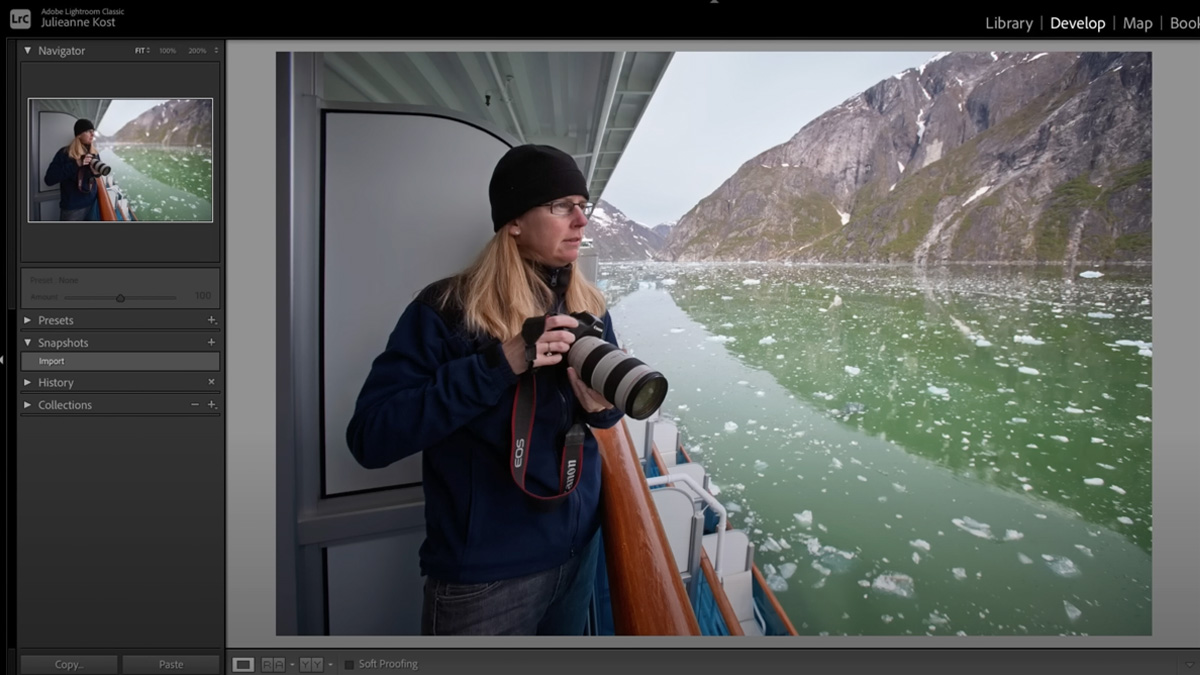










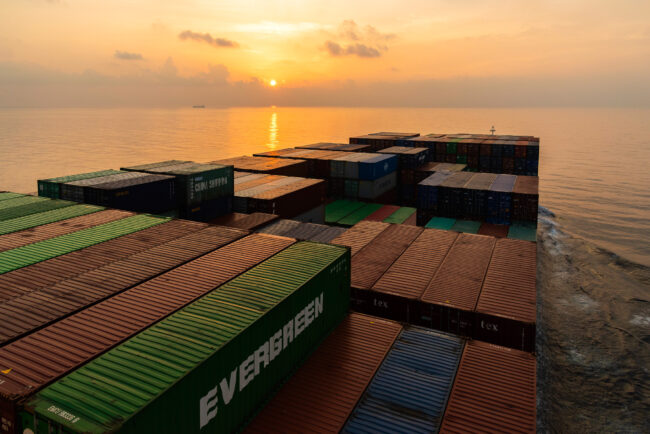






















-Baldur’s-Gate-3-The-Final-Patch---An-Animated-Short-00-03-43.png?width=1920&height=1920&fit=bounds&quality=70&format=jpg&auto=webp#)





























































































































































